Jane Anson reports on how Cabernet Sauvignon and Merlot have risen to the summit of the world grape planting league in the past decade, and why some people think Cab has the legs to top its rival in their Bordeaux heartland...

A few weeks ago, I wrote a piece on Merlot for the March issue of Decanter magazine – specifically whether it is finally experiencing something of a comeback following what could be described as its Sideways Years.
Impossible to research into Merlot without bumping in to, again and again, its most popular buddy – both rival and in fact sibling – Cabernet Sauvignon. Today they hold the two top spots as the world’s most planted varieties, with Cabernet the most well-travelled grape with almost 300,000 hectares (ha) planted globally. Back in 1990 they were in 8th place (Cabernet) and 7th (Merlot).
So it seemed a shame not to do a similar health check on Cabernet Sauvignon while I had all these figures to hand. And while we’re at it, I’d like to thank Cabernet Sauvignon for its role in my own wine development. Besides the pleasure that it has given me in countless bottles, spending so long in Bordeaux has inevitably made it one of the grapes that I know the best, and that experience has indirectly led to me travelling to taste its counterparts in, among other places, Napa, Chile, Spain, Italy, Argentina and perhaps most memorably Yunnan, China.
Which brings me to the first notable item on the Cabernet Sauvignon study. Its own robust health has come at the expense of a certain diversity in vineyards worldwide. You could say that the rise of both Merlot and Cabernet is part of a trend that makes pretty sobering reading for those of us that celebrate indigenous grapes and the importance of matching grape to terroir.
Between 2000 and 2010 the global wine grape share devoted to French varieties rose from 26% to 36%, which basically means Cabernet, Merlot, Chardonnay, Sauvignon Blanc, Pinot Noir and Syrah (grapes with Spanish origins account for much of the rest). The protests against this are rising in volume, encompassing brilliant efforts from winemakers such as Telmo Rodriguez in Spain alongside events such as the Radici Festival of native grapes in Puglia, and on to academic institutions such as the University of Ljubljana in Slovenia researching and promoting its own indigenous varieties. These developments are encouraging and may result in a different picture in 2030, but for now wine producers, when deciding their strategy, follow the money – and that means the big name international grapes.
That doesn’t mean that Cabernet is particularly easy to grow. It will always need a good warm soil to fully ripen or risk the unripe green pepper aroma. And although in principle there are few inherent cost differences between growing different varieties, Cabernet is seen as an icon grape capable of being sold on export markets, meaning it is grown for quality. Yields are kept low to concentrate the flavours, and the resulting wines tend to be aged in oak. All of which can be seen in the prices that we consumers are asked to pay.
The fervour for this particular French variety reaches its peak in China, where Cabernet Sauvignon represents (figure from 2010, University of Adelaide) a quite astonishing 76.5% of national plantings, giving it 7.8% of the global share. I guess that’s something else that can be chalked up to the success of Lafite, although one of the most interesting wines that I tasted in Shanghai last week was an organic Marselan planted by Tinsai Vineyards near the Gobi Desert, so things are definitely evolving (even if Marselan is itself a cross between Grenache and, you guessed it, Cabernet Sauvignon).
Here in Bordeaux, it has long been true that Cab is King in name only. Merlot beats it hands down in terms of plantings, with over double the amount in vineyards as its more celebrated brother.
In 2015, Bordeaux’s near 100,000ha of red grapes were planted to 66% Merlot against 22.5% Cabernet Sauvignon (with both varieties seeing a slight growth from 2000, as white varieties and the ‘support staff’ red grapes lose out).
It means that both of them have trounced their parents over the past few centuries. Both Cabernet and Merlot are the result of natural vineyard crosses with older varieties. They share one parent in the shape of Cabernet Franc, a fact finally established by DNA fingerprinting in the 1990s. Cabernet’s other parent is Sauvignon Blanc, while Merlot descends from a cross between Cabernet Franc and Madeleine Noir de Charente.
Looking forward, it is likely to be Merlot that faces the biggest threat. Jacques Lurton, who makes wine in France, Australia, South Africa, South America and several other areas, is more confident in the future of Cabernet. ‘In Bordeaux, Cabernet Sauvignon was the most widely planted variety until the 1970s. There was a big shift after that, mainly because of climate, when people started to realise that Merlot was ripening 15 days earlier and was therefore a more reliable bet commercially.’
‘But the winner of the more recent warmer climate in Bordeaux is Cabernet Sauvignon,’ he told me last week. ‘The Cabernets these days get ripe and full every year and have the great advantage that they don’t go so high in sugar concentration as Merlot, and keep their acidity even as they reach full ripeness, so they make much more balanced wines. In 2016, the cabernets are once again fabulous. I can only see this becoming more true over the coming decades’.
So, how much is planted and where?
(figures from 2010, University of Adelaide)
Australia: 27,773ha, making it the second most popular behind Shiraz with 18.3% of national plantings and 14% of global.
Chile: 40,728, 36.5% of national plantings and 14% of global share.
France: 56,386ha of cab planted, 4.4% of national plantings and 19.4% of global share.
The US: 34,788ha, making it the second most popular grape behind Chardonnay, with 15.3% of national share and 12% globally.
Cabernet Sauvignon in Bordeaux First Growths
Château Latour, 80% in the vineyard, 80-95% in the first wine depending on vintage
Château Mouton Rothschild, 85% in the vineyard, 85-95% in the first wine depending on vintage
Château Lafite Rothschild, 71% in the vineyard, 80-95% in the first wine depending on vintage
Château Margaux, 75% in the vineyard, between 80-90% in the first wine, depending on vintage
Château Haut Brion 50% in vineyard, between 50-65% in the first wine depending on vintage
The world’s 10 most-planted varieties in 1990
1. Airen
2. Garnacha tinta
3. Rkatsiteli
4. Sultaniye
5. Trebbiano Toscana
6. Mazuelo
7. Merlot
8. Cabernet sauvignon
9. Monastrell
10. Bobal
…And in 2010
Cabernet Sauvignon
2. Merlot
3. Airen
4. Tempranillo
5. Chardonnay
6. Syrah
7. Garnacha tinta
8. Sauvignon blanc
9. Trebbiano Toscano
10. Pinot noir
Translated by ICY
All rights reserved by Future plc. No part of this publication may be reproduced, distributed or transmitted in any form or by any means without the prior written permission of Decanter.
Only Official Media Partners (see About us) of DecanterChina.com may republish part of the content from the site without prior permission under strict Terms & Conditions. Contact china@decanter.com to learn about how to become an Official Media Partner of DecanterChina.com.

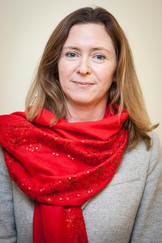
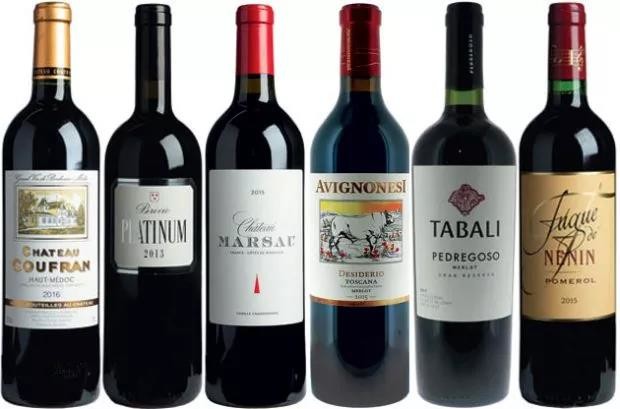
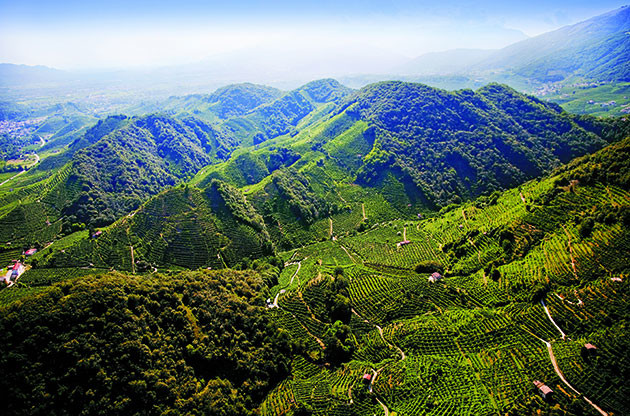

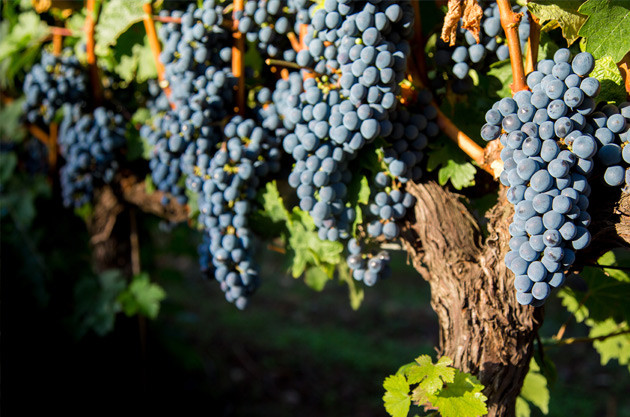
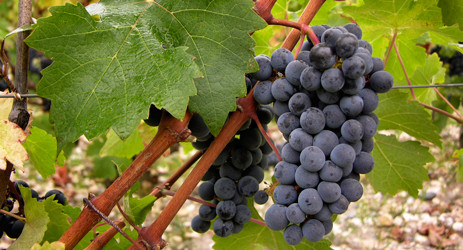
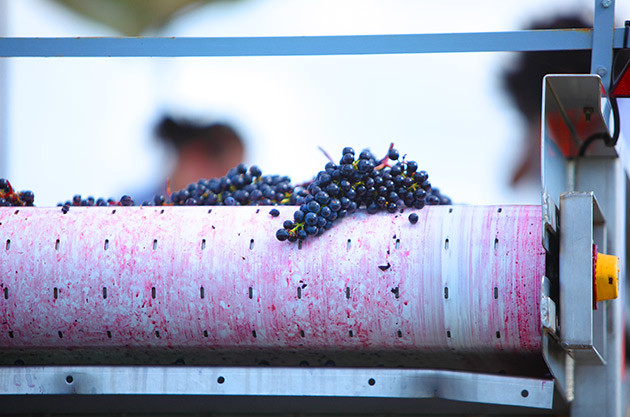
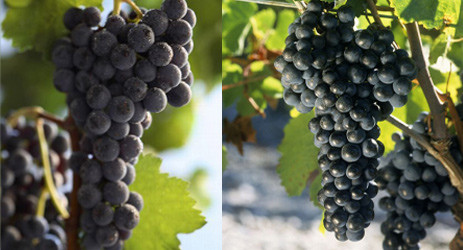


Comments
Submit